
Kudos has partnered with CardRatings and Red Ventures for our coverage of credit card products. Kudos, CardRatings, and Red Ventures may receive a commission from card issuers. Kudos may receive commission from card issuers. Some of the card offers that appear on Kudos are from advertisers and may impact how and where card products appear on the site. Kudos tries to include as many card companies and offers as we are aware of, including offers from issuers that don't pay us, but we may not cover all card companies or all available card offers. You don't have to use our links, but we're grateful when you do!
What To Know About Credit Cards with High Limits — And Why You Should Want One
July 1, 2025


Credit cards let you borrow money at will and repay it at your leisure — but only up to a specific credit limit. Trying to spend more could get your card transaction denied and harm your credit score.
This is where a high-limit credit card can come in handy. When used wisely, they can amplify the spending and credit score benefits of credit cards.
This post will give you everything you need to know about high-limit credit cards — benefits, drawbacks, tips on getting them, and how to use them effectively. We’ll conclude with a few popular high-limit credit card options you can choose from.
What Is Considered a High-Limit Credit Card?
A credit limit is an amount a credit card issuer lets you borrow using a credit card.

For example, a $5,000 credit limit means you can borrow up to $5,000 on that credit card.
Trying to borrow more could cause your transaction to be declined, and you could owe fees. Plus, maxing out or going over your utilization ratio (percent of available credit that you’ve spent) can hurt your credit score.
That’s one of the benefits of a higher limit card — you have more room to spend without tanking your utilization ratio.
$5,000 is generally seen as a bare minimum credit limit for a card to be considered a high-limit card. For people with strong enough credit, many high-limit cards will climb far beyond $10,000 credit limits, however. As of 2020, the average credit limit was just over $30,000.
The Chase Sapphire Reserve® card is a good example of a high-limit credit card. Chase Sapphire Reserve cards come with minimum credit limits of $10,000, generous rewards rates, and plenty of features, but they have steep annual fees to keep the cards open. This type of card generally requires excellent credit, but not all high-limit cards do.
[[ SINGLE_CARD * {"id": "510", "isExpanded": "false", "bestForCategoryId": "15", "bestForText": "Frequent Travelers", "headerHint": "$300 Travel Credit"} ]]
Why Would You Want a High-Limit Credit Card
High-limit credit cards can suit a lot of borrowers with established credit scores, but they’re just one type of card that may be worth a look.
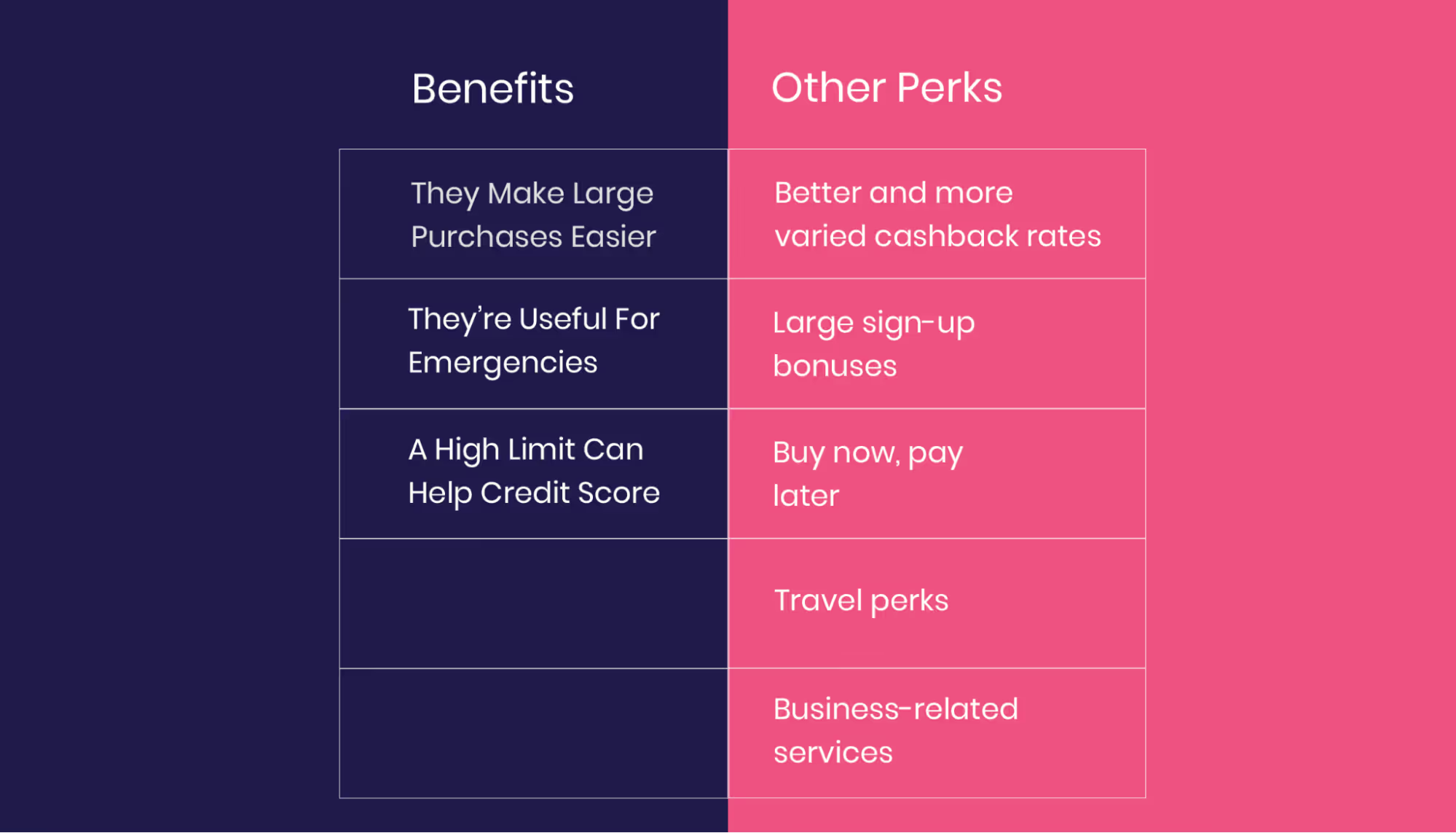
Here are a few key advantages to using these cards.
They make large purchases easier
A higher credit limit gives you more room to spend without maxing out your card. This can make large purchases much easier. For example, say you’re buying new furniture for your living room. This could cost several thousand dollars. Instead of using multiple cards or a loan, one high-limit card could help you buy with less hassle.
They’re useful for emergencies
Ideally, you’d have several months of expenses saved up for emergencies. But a 2022 Bankrate survey found that’s not the reality for many Americans — only 4 in 10 Americans feel comfortable covering a $1,000 expense.

Building an emergency fund can take a long time. If you run into emergencies during the process, a high-limit credit card can help you cover those costs.Sure, debt is not ideal, but you can at least cover any unexpected expenses with some peace of mind.
Even if you have the funds available, it can be smart to use a credit card, then pay it off with the emergency fund. This gives you at least an extra month to save more money and cover that emergency expense since you don’t have to pay off the card immediately.
Plus, you could score cashback or other rewards on eligible purchases to save a few bucks.

A high limit can help your credit score
Your credit utilization ratio is one of the five factors that impact your FICO credit score. As mentioned, this ratio compares your total credit balances to your available credit limits. For example, if you have $20,000 in total available credit and $5,000 in total balances, you have a 25% utilization.
Utilization also measures the same thing for each card. If you have a $5,000 limit and a $1,000 balance on one card, that card has a 20% utilization. The lower your utilization, the better. The rule of thumb is to try to keep total and individual balances under 30% of your card limits.
High-limit credit cards make this easier. A higher limit means you can spend more with less utilization impact in total. It also means you can rely on other, lower-limit cards less, keeping your utilization low among more of your cards.
They might come with other perks
High-limit credit cards are generally more advanced. They’re designed for someone with a higher credit score and longer credit history. So, they often come with more perks than entry-level cards.
Perks can include:
- Better and more varied cashback rates: Earn more on your eligible purchases and across more spending categories. May have high-rate rotating categories from month to month.
- Large sign-up bonuses: Earn a larger one-time bonus on a new high-limit card when you spend enough on eligible purchases.
- Travel perks: Luxury travel perks like access to airport lounges, concierge services, and reimbursed TSA precheck fees if the card in question is a travel card.
- Buy now, pay later: Zero-interest loans that let you break down larger eligible purchases into monthly installments for a cheap, predetermined fee.
- Business-related services: High-limit business credit cards can come with business-specific perks, like employee cards and employee spending control.
What to know about high-limit credit cards
Before you jump on the high-limit card bandwagon, you should be aware of the following information:
They tend to have annual fees
Many high-limit cards have annual fees — yearly fees you pay to maintain card membership. Lower-level cards see fees in the $95-99 range, whereas more elite cards can charge $500+ per year. Paying to keep a card open doesn’t sound fun, but this fee typically covers the extra perks and cashback associated with the card. The math is simple: if the high credit card limit and other perks provide you more value than the fee, the fee’s worth paying.
For example, say you get the Chase Sapphire Reserve, which comes with a $795 annual fee. This card gives you:
- $300 annual travel credit
- 10x points on hotels and car rental purchases through Chase Ultimate Rewards
- 10x points on prepaid restaurant reservations and takeout purchases through Chase Ultimate Rewards
- 5x points on air travel purchased through Chase Ultimate Rewards
- 8X points on purchases made through Chase TravelSM, 4X on flights and hotels booked directly, and 3X on dining worldwide
- 1x on everything else
Spending enough on travel with the Chase Sapphire Reserve to get that $300 credit plus $250 worth of travel points on eligible purchases on bonus categories, such as air travel, would earn you $550 in value, justifying the annual fee. But if you don’t travel a lot, this card likely isn’t worth keeping in your wallet.
Keep in mind, some cards waive your annual fee in the first year to encourage applications. But, since the age of open accounts also impacts your credit score, you don’t want to get in the habit of opening and closing new credit accounts every year just to snag annual offers.
They can encourage irresponsible spending
A higher credit card limit can lull you into spending more if you aren’t careful. Spend like normal while optimizing your cashback by putting the most lucrative purchases on these cards. And try to get in the habit of paying off your cards in full every month, if not more frequently. This keeps your credit utilization ratio low, saves you money through cashback and sign-up bonuses, and keeps you out of debt. Plus, you’re not throwing away money on interest charges.
Approval can be more difficult
Many higher credit card limits tend to require an excellent credit score, longer credit history, and a larger income. Getting approved can be harder — you may have to spend a few years building your score and increasing your income before going for a high-limit credit card.
How To Get a Credit Card With a High Limit
There are several ways to improve your chances of securing a higher limit. Here are a few:
Increase your limit with an existing Card
You don’t need a new card to score a credit limit increase. Ask your current card company for a credit limit increase on your existing card. This can help you avoid a new annual fee, while keeping your current APR. This will likely ding your credit score through a hard inquiry, but it fades. Wait at least six months between credit line increase requests, if you can.
Some credit card companies will increase your score automatically without a hard inquiry if you stay in good standing. Maintain good credit and update your annual income information with them regularly to maximize your chances of automatic credit increases.
Check and improve your credit
If you tried a credit line increase and you’re looking for a new high-limit card, get a copy of your credit report first. Each of the three credit bureaus — Equifax, Experian, and TransUnion — will provide you a copy for free once annually.
Look over your report and score to get an initial idea of what cards you may qualify for. Hunt for errors on the report, such as incorrect delinquent accounts. These could be harming your credit unnecessarily. Make sure you dispute any errors you find.
After that, see what else you can do to improve your credit, like:
- Paying down some of your credit balances
- Continuing to build up your payment history with on-time payments
- Catching up on past-due accounts
- Keeping open, unused accounts active by sparingly putting balances on them
Reduce your debt-to-income ratio
The debt-to-income ratio measures your monthly pretax income relative to your monthly debt payments.

For example, say you have:
- $6,000 in monthly income before taxes
- $1,600 in monthly credit card payments
- $700 mortgage payment
- $400 car payment
That gives you $2,700 in monthly debts relative to your $6,000 income. Divide $2,700 by $6,000 to get a 0.45 DTI. Improving DTI is simple. See where you can pay down debts first to reduce monthly payments. Meanwhile, find ways to increase your income, such as asking for a raise at work or starting a side business.
Shop around and get prequalified
Prequalification means getting a set of terms from a lender you’re likely to qualify for. Lenders look at your annual income and run a soft credit check, which doesn’t harm your score, to understand your potential creditworthiness.
Prequalifications are not guarantees, but they tell you your approval chances are pretty strong for those terms. As a result, you can maximize approval chances and minimize hard inquiries.
Sometimes, these come in the mail with a code you can use to redeem the offer while applying online. Other times, you can prequalify on a card company’s website or use a website that aggregates offers. Shop for several of these, then compare card offers to find which one suits your needs best.
5 Popular Credit Cards With High Limits
Let's look at a few of the most popular high-limit credit cards designed for various purposes:
Citi Double Cash® Card
- Great For: Cashback
- Typical Credit Limit: $500 minimum, but a lot higher with a good score
- Intro APR: 0% for 18 months on balance transfers
- Rewards Rate: Unlimited 2% on all purchases; 1% when you buy, 1% when you pay
- Annual Fee: None
[[ SINGLE_CARD * {"id": "580", "isExpanded": "false", "bestForCategoryId": "15", "bestForText": "Reward Seekers", "headerHint": "Straightforward Rewards"} ]]
Wells Fargo Reflect® Card
- Great For: Balance Transfer
- Typical Credit Limit: $1,000 minimum, but most likely higher
- Intro APR: 0% for up to 21 months on purchases and balance transfers
- Rewards Rate: None
- Annual Fee: None
[[ SINGLE_CARD * {"id": "580", "isExpanded": "false", "bestForCategoryId": "15", "bestForText": "Reward Seekers", "headerHint": "No Annual Fee"} ]]
Chase Sapphire Reserve®
- Great For: Travel
- Typical Credit Limit: $10,000+
- Intro APR: 0% for up to 18 months on purchases and balance transfers
- Rewards Rate: 1-10x depending on category
- Annual Fee: $795
[[ SINGLE_CARD * {"id": "510", "isExpanded": "false", "bestForCategoryId": "15", "bestForText": "Frequent Travelers", "headerHint": "$300 Travel Credit"} ]]
U.S. Bank Altitude Go® Secured Visa® Card
- Great For: Building Credit
- Typical Credit Limit: Deposit up to $5,000 allowed
- Intro APR: None
- Rewards Rate: None
- Annual Fee: None
[[ SINGLE_CARD * {"id": "7442", "isExpanded": "false", "bestForCategoryId": "15", "bestForText": "Credit Builders", "headerHint": "Fixed APR"} ]]
Capital One Spark Cash Plus
- Great For: Business
- Typical Credit Limit: No preset spending limit
- Intro APR: None
- Rewards Rate: Unlimited 2% on all purchases
- Annual Fee: $150
[[ SINGLE_CARD * {"id": "437", "isExpanded": "false", "bestForCategoryId": "15", "bestForText": "Business Owners", "headerHint": "Powerful Cash Back Program"} ]]
Use High-Limit Credit Cards Wisely To Reap the Benefits
High-limit cards are excellent tools for making planned large purchases, but they’re most useful for improving your credit score by keeping credit utilization low while scoring more cashback and perks.
That said, many require excellent credit and come with annual fees. Consider raising your credit limit with an existing card first. If you do need a high-limit card, make sure your credit and income are strong and that the perks provide you with more value than the annual fee costs.
Kudos can go a long way by helping you use your high-limit card where it can earn you the most cashback online. Add Kudos to your browser for free today and watch how it helps you optimize your credit card use while shopping online.
Unlock your extra benefits when you become a Kudos member

Turn your online shopping into even more rewards

Join over 400,000 members simplifying their finances

Editorial Disclosure: Opinions expressed here are those of Kudos alone, not those of any bank, credit card issuer, hotel, airline, or other entity. This content has not been reviewed, approved or otherwise endorsed by any of the entities included within the post.
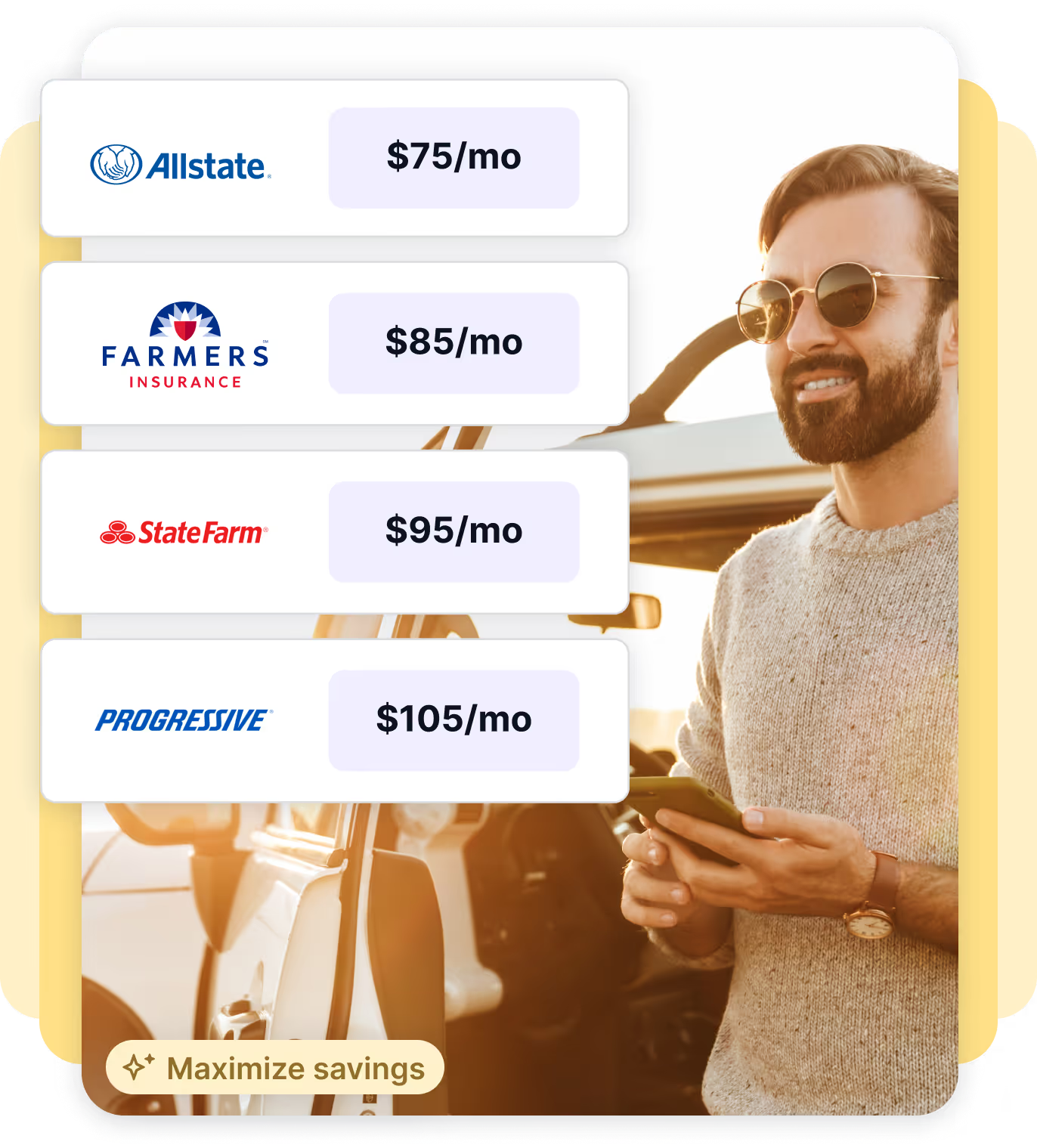
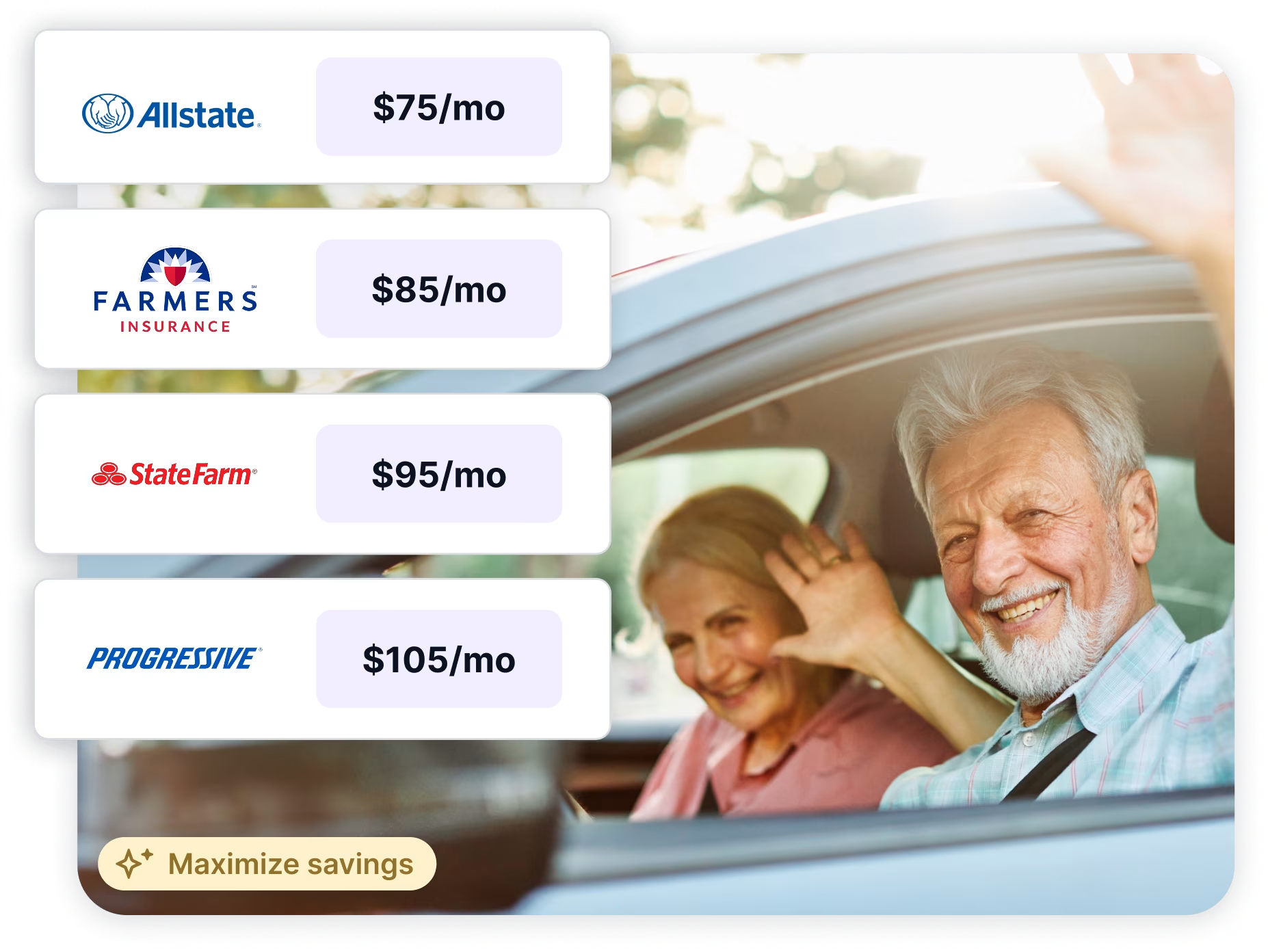
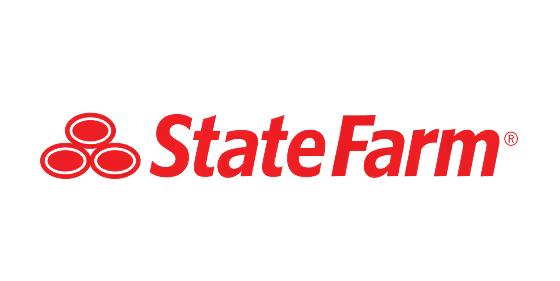
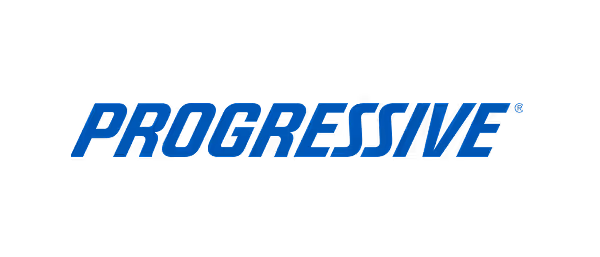
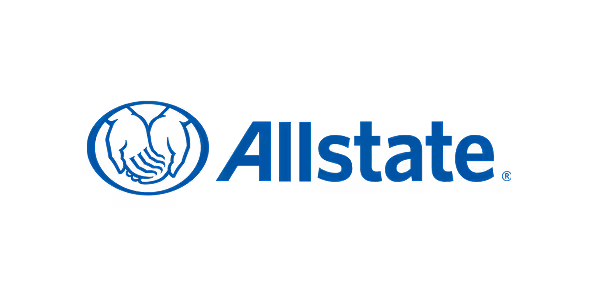



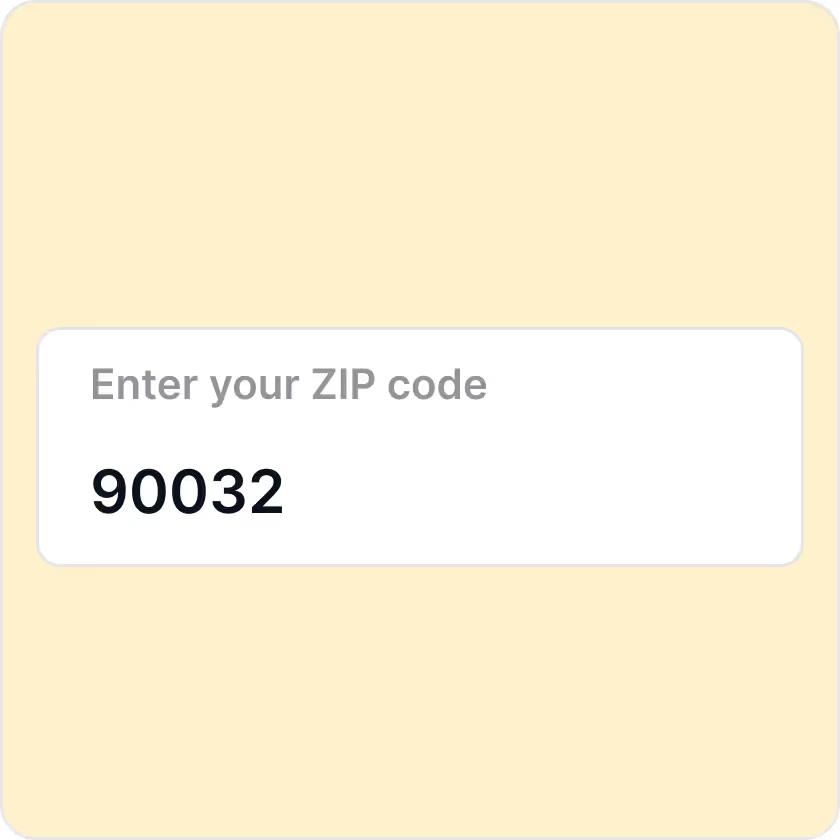

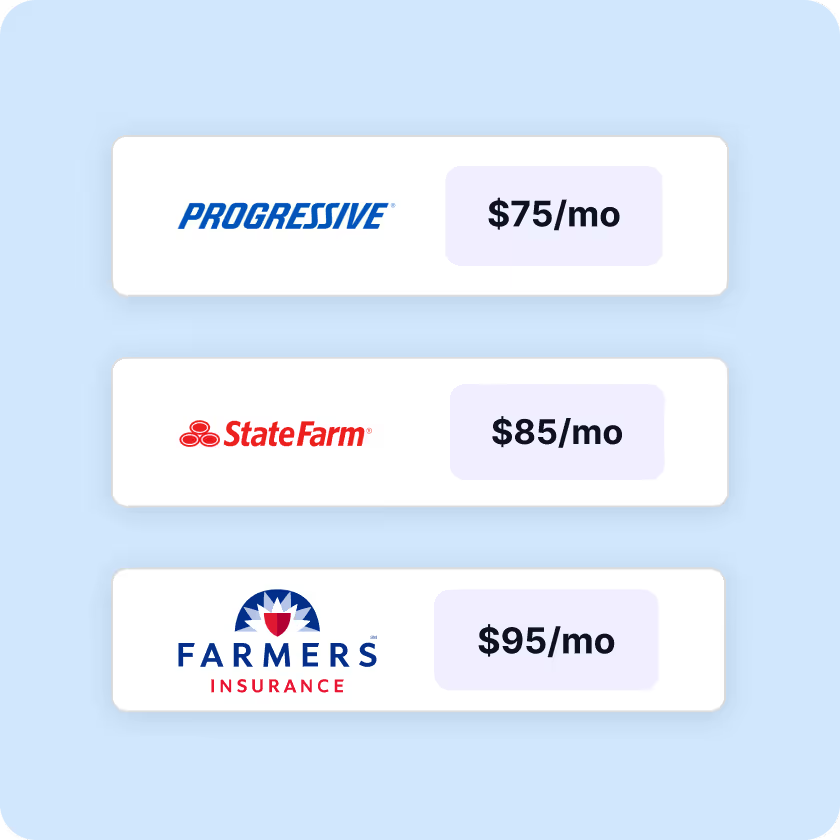
























.webp)


.webp)






